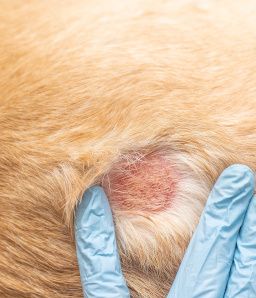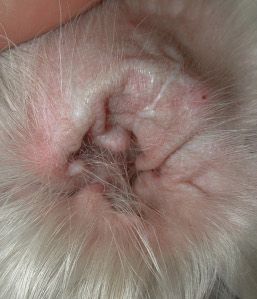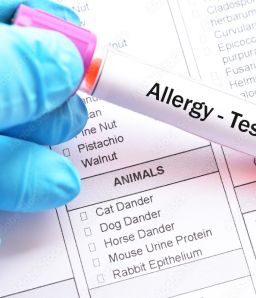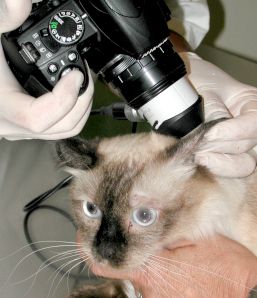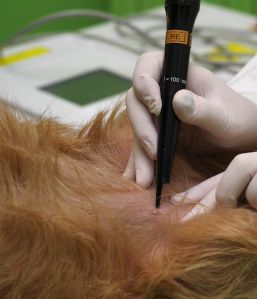For the clients
Photobiomodulation
Fluorescence biomodulation is a new technology that has shown great benefits in treating numerous inflammatory and infectious skin conditions.
The Studio Dermatologico Veterinario provides your dog with the Phovia system-a cutting-edge technology that uses polychromatic light to reduce the symptoms of a wide range of skin and soft tissue conditions.
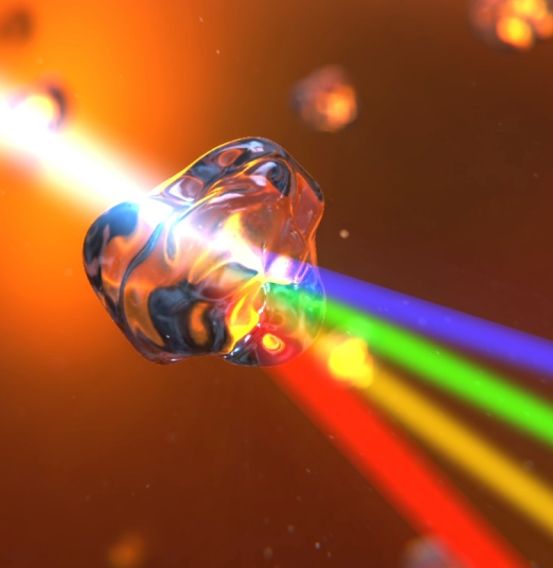
Photobiomodulation
is a recent cell stimulation technique, implemented by means of an LED (light-emitting diode) device that emits monochromatic light as electric current passes through it. The LEDs in photobiomodulation devices release energy at low intensity, with no thermal effects and no damage to the skin surface. LED therapy produces stimulation of collagen and elastin and inhibition of collagenase, offering several therapeutic indications: from wound healing and skin ulcers to immunological stimulation of the skin. Application times are rapid and all skin types can be treated. The skin experiences no thermal trauma, pain, or side effects.
Fluorescence biomodulation
represents an evolution of photobiomodulation and allows, thanks to the application of a chromophore gel on the skin surface to be treated, to break down the monochromatic light emitted by the LED into different wavelengths reaching even the deepest layers of the skin.
Frequently asked questions
The Phovia system consists of a multi-LED lamp and a chromophore gel that is applied to the damaged skin. The light produced by the lamp passes through the chromophore gel and is broken down into different wavelengths that penetrate the layers of the skin, stimulating the mitochondrial activity of the cells:
- Blue light has an antibacterial and anti-inflammatory effect
- Green light reaches fibroblasts in the dermis, accelerating healing processes
- Yellow light has anti-inflammatory activity that reduces swelling and redness
- Red light reaches the vessels, reduces inflammation and stimulates collagen synthesis, accelerating reparative processes
The result is antibacterial action and acceleration of tissue repair processes.
Ideally, applications lasting 2 minutes each should be made twice a week for a total of 6-8 applications.
For those with time constraints, it is also possible to have a single weekly session with 2 consecutive applications.
Applications are absolutely painless and no sedation of the animal or special restraint is required.
